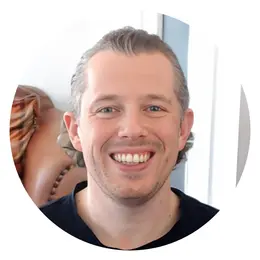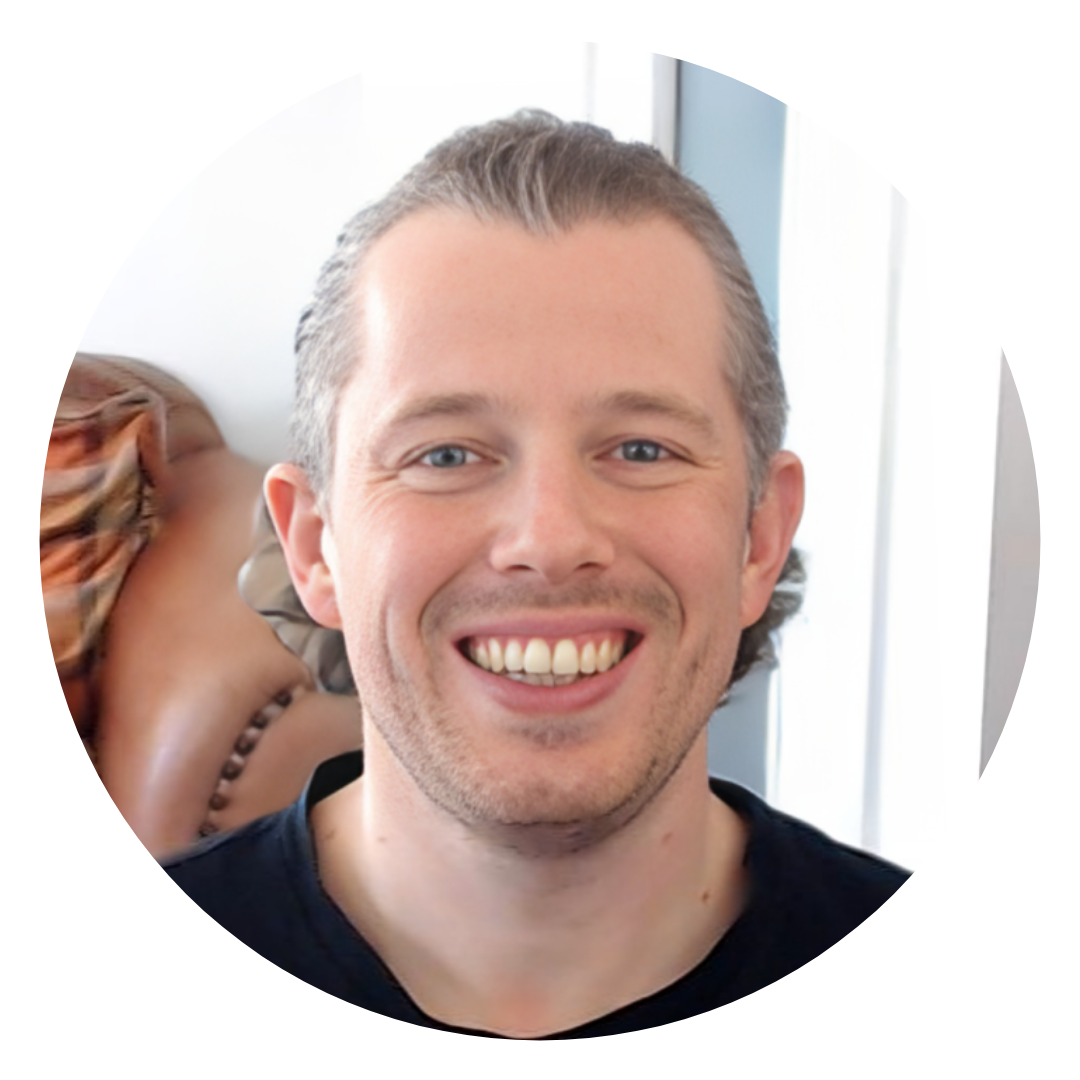In a practice session of my own a while ago, I was cogitating on something I had been figuring out (mentioned in point 2 below).
It struck me how I wish I could have gone back in time to tell my younger self this. There’d be no guarantee my younger, more arrogant self would listen, but such is the folly of youth!
As I pondered this, I realised there were also a few other nuggets I wish I could have been given earlier in my singing career. And if every singer could take on board some of these, well, maybe their future voice in 10 years would be further ahead of where they would otherwise be.
So here are three, deceptively simple tips that I wish my younger self had been given:
1. Put in at least a little vocal work every day, and you’ll be amazed where you’ll be in 10 years.
Einstein (allegedly) referred to compound interest as the 8th wonder of the world. The stock market is a great illustration of this idea, where if you put a little away every month for a few decades earning a few percent interest, you will have a ludicrous pot waiting for you at the end of it. Vocal “compound interest” is the same. Daily, consistent and sustainable practice adds up.
Now, it must be said that I’ve always been a practice-a-holic. I have no problem sitting down to practice for hours with minimal interruptions. But is this always good? Or is it even necessary?
To some extent it is good, but remember, we are playing the long game. We need to see our voices as investments in their own right, and tailor our practice to what we can personally manage. This means we need to figure out a sustainable amount of practice day to day is the best option for everyone.
Even just 5-15 minutes can go a LONG way when deployed consistently. You don’t want to bite off more than you can chew (generating vocal damage or days we need to recover on). The key thing is that the practice “investment” gets done. The consistency is what will generate the results.
2. Force only gets you so far
I almost called this “muscle vs resonance”. MANY singers and voice coaches (including my younger self) emphasise the importance of what is happening at the vocal fold level, e.g. generate even more muscular contraction of the vocal folds to generate more power.
People assume this muscular component is the dominant factor in getting a big sound. Well, it’s certainly a foundational component, but the more developed you become as a singer, the more important resonance becomes. This is critical in the higher ranges.
Resonance is a lot trickier to explain to people, because it’s not a mechanical thing (like the vocal folds vibrating), but it’s a by-product of your vocal tract forming a particular shape. This then enhances what your vocal folds are kicking out. And it takes a LONG time chipping away at this to develop and curate a big sound. No one exercise will unlock this, and it takes time. Hence the importance of point 1.
My point is, generating power only has its roots in what we can do muscularly. Past a certain point we need to cultivate resonance to make what would otherwise be a tiny sound, sound much much bigger.
3. Find a vocal template
Now THIS is a relatively advanced concept. The essence of it is as follows…
While there is no one else vocally quite like you in the world, there are already very similar sounding voices out there. They may not be identical, but they are similar enough that you can use them as a template. They have been gifted with similar instruments, and they have already figured out how your shared kind of instrument works.
By finding finding those singers and retracing their steps, we can work out how to get the best out of our own instruments faster. They’ve already done the heavy lifting, so we don’t need to grope around in the dark to figure out what may sound good.
Couple of caveats to mention:
1) At the start, your voice and your ear will be too undeveloped to accurately assess whose instrument you are similar to. Don’t worry about it. Start somewhere and adjust as you go.
2) As your voice develops, what is an appropriate vocal template will shift. This is also normal. We are looking for someone who’s voice is mirroring what we are presently experiencing, and that is going to adjust.
3) You are not trying to MIMIC that singer, but to learn their moves (a bit like dance moves) as it’s likely your voice will find those exact moves fairly easy to assimilate.
To sum up
These things might seem remarkably simple in principle, or in the message of subtle caution, but the big results they’ve generated in my voice and client’s voices belie how simple they sound. Do take these on board and trust that they’ll pay off in the years to come.
If you’d like to explore some of these concepts in your own voice, you can book in a session with me using my booking form right here.

